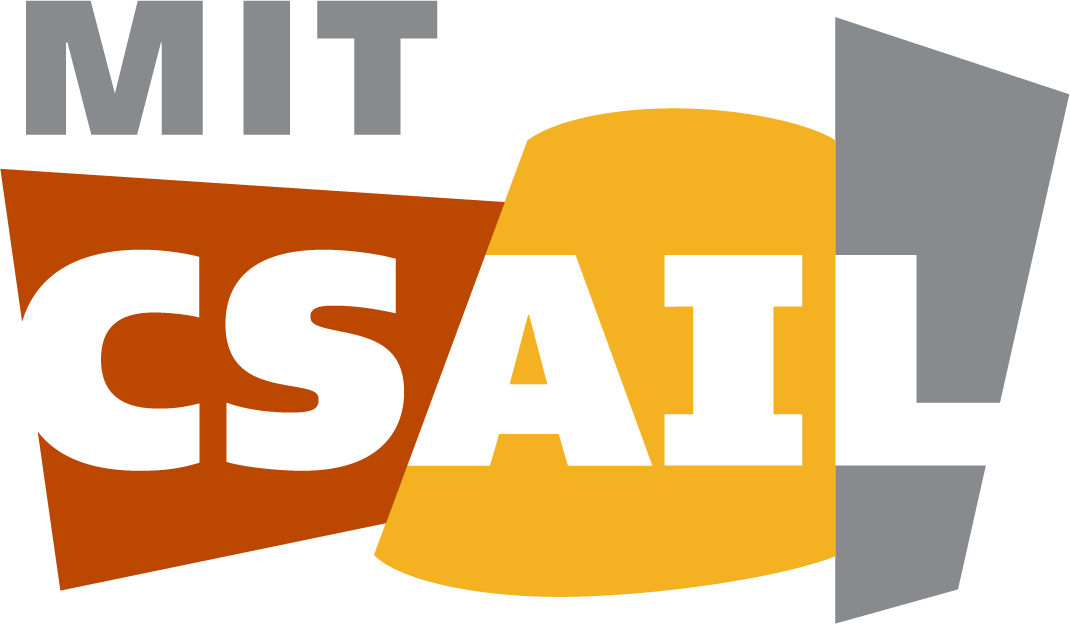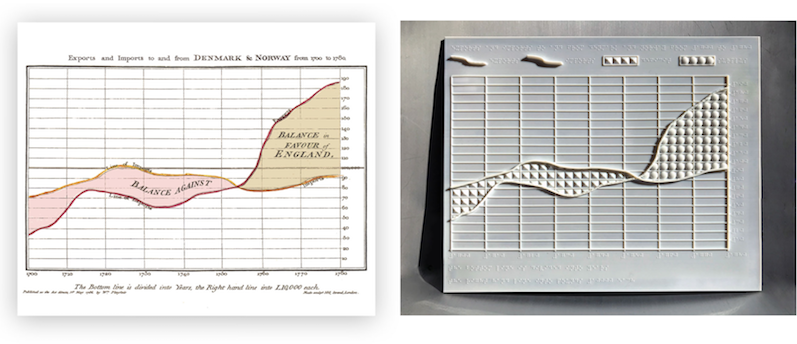Sociotechnical Considerations for Accessible Visualization Design
IEEE Visualization Conference (VIS), 2019
Abstract
Accessibility – the process of designing for people with disabilities (PWD) — is an important but under-explored challenge in the visualization research community. Without careful attention, and if PWD are not included as equal participants throughout the process, there is a danger of perpetuating a vision-first approach to accessible design that marginalizes the lived experience of disability (e.g., by creating overly simplistic “sensory translations” that map visual to non-visual modalities in a one-to-one fashion). In this paper, we present a set of sociotechnical considerations for research in accessible visualization design, drawing on literature in disability studies, tactile information systems, and participatory methods. We identify that using state-of-the-art technologies may introduce more barriers to access than they remove, and that expectations of research novelty may not produce outcomes well-aligned with the needs of disability communities. Instead, to promote a more inclusive design process, we emphasize the importance of clearly communicating goals, following existing accessibility guidelines, and treating PWD as equal participants who are compensated for their specialized skills. To illustrate how these considerations can be applied in practice, we discuss a case study of an inclusive design workshop held in collaboration with the Perkins School for the Blind.




